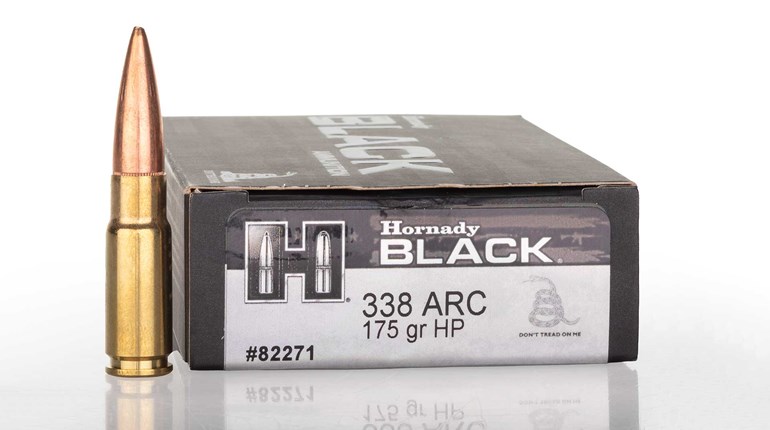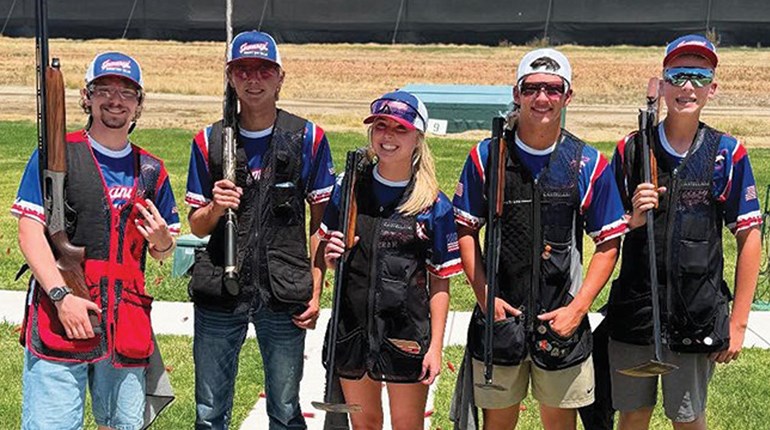
There are a number of things to take into consideration when selecting ammunition for concealed carry. Will it deliver the level of terminal performance you desire? Will it be reliable in your handgun? And how much money should you spend?
Of all these considerations, price is the least important, but also the element that is most often deliberated. This is partly because humans are opposed to paying for things they think are overpriced, and partly because money does not grow on trees.
Before we get into how much you should spend, let’s look at what ammunition actually costs. A major online retailer lists more than 200 loads for the 9 mm Luger cartridge. Prices range from as little as $0.24 to as much as $2.00 per round, begging the question as to whether one round of 9 mm Luger ammunition can actually be worth 10 times as much as another.
Bullet and Case Types
The least expensive loads will use non-reloadable steel cases and full-metal-jacket bullets. The most expensive loads will offer radical projectiles, some of questionable effectiveness, others will deliver +P levels of velocity, and some use bonded, barrier defeating bullets.
One of the most well-regarded lines of defensive handgun ammunition is the Speer Gold Dot. Forget pandemic pricing because it varies widely; the 124-grain 9 mm +P Speer Gold has a suggested retail price of $35.99 for 20, which equates to a per-round cost of $1.80 each. This load will perform well through intermediate barriers, and in 10-percent ordnance gelatin will penetrate to about 14 inches, while deforming with a frontal diameter sometimes as wide as 0.70-inch.

On the other hand, Federal’s 9 mm Punch load will penetrate similarly, but will do so with less expansion, developing a frontal diameter of about 0.58-inch. The bullet Federal uses for the 9 mm Punch load is not bonded and it will not work as well after passing through intermediate barriers like plywood, wallboard, and auto glass.
However, for what most would consider general self-defense use, it should do the job. The Punch load was designed to deliver good terminal performance at a lesser expense, and it does. A 20-round box has a suggested retail price of only $22.99 for 20, or $1.15 per round.
Reliability in Your Handgun
We have and will continuously argue various levels and styles of terminal performance, as well as the importance of bullet design, bullet weight, and velocity. But let’s put all that aside for a moment. When selecting a self-defense load to trust your life to, only a fool would go out into the world with a load not proven to be reliable in their handgun.
What does it take to obtain that proof? Though some will disagree, if you can fire at least 100 rounds through your handgun conducting real-world type drills and experience zero stoppages, that’s a reasonable indication of acceptable reliability.
That means that in order to have confidence in reliability and to fill at least three defensive handgun magazines or revolver cylinders, and still have a few rounds left over, just in case, you’ll need to purchase about 200 rounds (10 boxes) of defensive handgun ammunition. If you purchase 200 rounds of Speer Gold Dots for your 9 mm you’ll spend $360. If you purchase 200 rounds of Federal Punch, you’ll spend $230. Because of the bonded Speer Gold Dot bullet and its ability to deal with intermediate barriers, most would consider it a better choice. But is it a $130 better choice?
Rotating Your Carry Ammo
If you’re like most police agencies, you’ll want to replace your carry ammo every year. I don’t think this is universally absolutely necessary, especially with the nickel-plated cases used with some of the more expensive offerings like God Dot. Still, you should at least inspect carry ammo every year and replace as necessary, probably at least every two to three years just to be safe. If you go with the expensive stuff like Gold Dots, the cost difference in replacing affordable and expensive ammo every year would only be $65 as opposed to $130, and in reality, actually a little less.
This is because you’ve already confirmed reliability with half of the initial 200 rounds you purchased. Unless you switch to a different load, there’s no need to go through that again; 100 as opposed to 200 new rounds is all you’ll need. Also, you’ll need to practice with your defensive handgun every year. When you replace your carry ammo, those 100 remaining rounds of carry ammo become practice ammo, so they’re not a total loss.
Granted, some expensive carry loads utilize gimmicky bullets that should probably only be fired at imaginary monsters. But most of the more costly carry loads are worth the extra cents per shot. Buffalo Bore ammo offers elevated velocities that can enhance terminal performance. Speer Gold Dot, Federal HST, and Barnes TACXPD loads, combine barrier defeating bonded or all-copper bullets with nickel- or Techni-Crom plated cases. They cost more because they are—even if just minutely—better.
Of course, if your budget is as tight as a banjo string, don’t feel like you have to be inadequately armed. Federal Punch and similarly priced loads like Hornady Critical Defense and Winchester USA Ready Defense, are capable of stopping the threat. And, these loads can become practice ammo too, if and when you step up to a more expensive option.




































